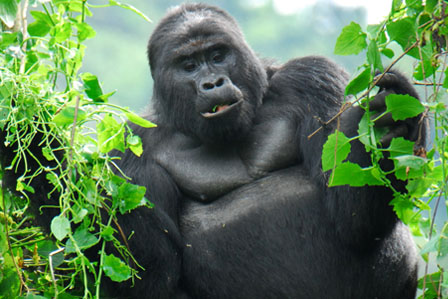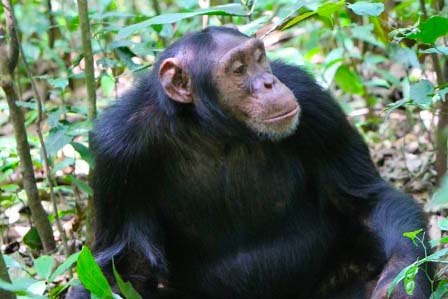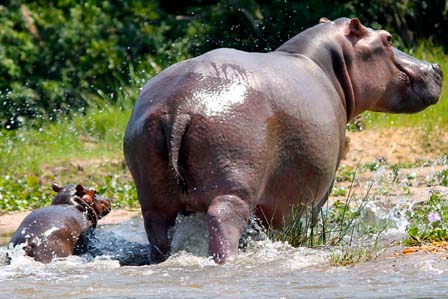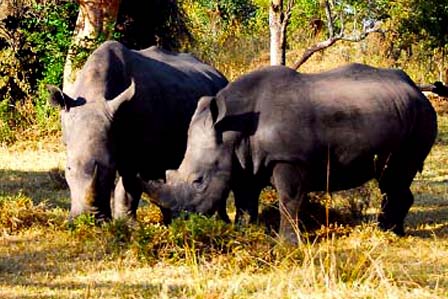Ngorongoro Conservation Area - Ngorongoro Crater
The Ngorongoro Conservation Area is a national conservation area in the Arusha region of northern Tanzania, located southeast of Serengeti National Park. Spanning approximately 3,200 square miles (8,300 square km), it encompasses a diverse range of habitats and landscapes, such as grassland plains, savanna woodlands, forests, mountains, volcanic craters, lakes, rivers, and swamps.
A key feature of the area is the Ngorongoro Crater, one of the world's largest unbroken calderas. The conservation area also hosts significant archaeological sites, including Olduvai Gorge and Laetoli, where hominin remains dating back 2.1 million and 3.6 million years, respectively, have been discovered.
The primary volcanic structures, including Ngorongoro Crater, and the volcanoes Olmoti and Empakaai, formed between 20 million and 2 million years ago. Empakaai Crater is especially notable for its deep soda lake, which covers nearly half its caldera floor.
Ngorongoro Conservation Area supports the world's largest herds of ungulates, including wildebeests, plains zebras, and Thomson’s and Grant’s gazelles. Predators such as lions, spotted hyenas, leopards, and cheetahs are also found here, along with the endangered black rhinoceros and African hunting dog. Among the more than 400 bird species in the area are flamingos, silvery-cheeked hornbills, superb starlings, and bronze and Tacazze sunbirds.
Initially part of the Serengeti National Park in 1951, the Ngorongoro Conservation Area was designated as a separate entity in 1959 and added to the UNESCO World Heritage List in 1979. Though cultivation is prohibited, approximately 25,000 to 40,000 Maasai are permitted to graze their livestock within the area. Concerns in the late 20th century included ecosystem damage from overgrazing and tourist vehicles, as well as declining populations of black rhinoceroses, leopards, and elephants due to poaching.
Best time to visit the Ngorongoro Conservation Area
The Ngorongoro Conservation Area experiences mild temperatures year-round, with short rains occurring in October and November, and longer rains from March to May. Daytime temperatures in the crater are generally mild, while nighttime temperatures can be chilly. The dry months of July and August provide the most favorable conditions for game viewing in the crater.
How to get there
By Road: Arusha, the closest town, is about 110 miles (180 km) away, a two-hour drive passing through Karatu. Visitors typically enter the Ngorongoro Conservation Area via the Lodare Gate near Karatu. Safari travelers in the Serengeti can access the Ngorongoro Conservation Area through the Naabi Hill Gate, driving on gravel roads and keeping a lookout for wildlife along the way.
By Air: The nearest airports to the Ngorongoro Conservation Area are Arusha International Airport and Kilimanjaro International Airport, from which guests would need to transfer by road. There are companies that offer chartered flights to an airstrip located at the rim of the Ngorongoro Crater.
Our Top Tanzania Safari Packages to Ngorongoro Crater
Most Popular Uganda Safaris
© 2025 African Adventure Travellers. All Rights Reserved.























